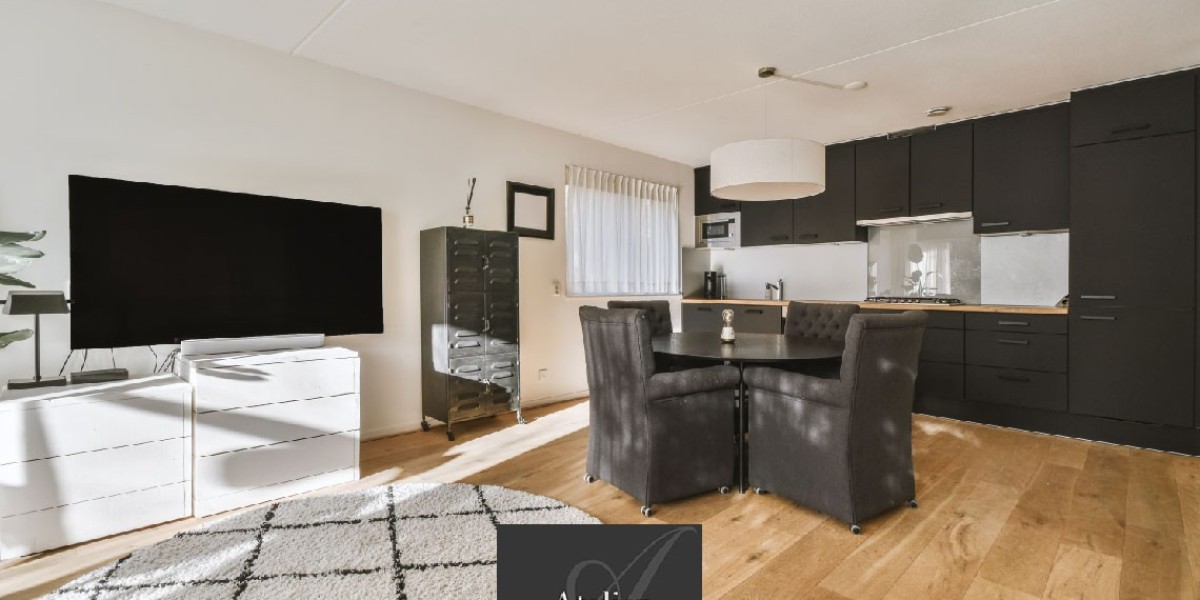White Oak has become a popular choice for homeowners who want a blend of beauty, durability, and sustainability. Known for its light color, tight grain, and strength, White Oak offers a timeless appeal that suits various home styles, from traditional to contemporary. But beyond aesthetics, many are now recognizing its impressive environmental benefits.
What Makes White Oak a Sustainable Option
White Oak comes from a tree species that grows in responsibly managed forests, ensuring it is a renewable resource. The wood’s density and slow growth contribute to its long-lasting nature, meaning your flooring will withstand years of use without needing frequent replacement. Additionally, many White Oak flooring products are finished with low-VOC, water-based coatings that promote healthier indoor air quality by reducing harmful chemical emissions.
For homeowners considering eco-conscious flooring, the Como White Oak flooring collection offers premium hardwood options that combine sustainability with style, making it easier to find environmentally friendly choices without compromising quality.
Longevity That Benefits the Environment
One of the most significant environmental advantages of White Oak is its durability. This hardwood can last for decades, even generations, if properly maintained. Unlike carpet or vinyl, which might need replacing every few years, White Oak floors can be sanded and refinished multiple times. This extends their lifespan and reduces waste that would otherwise fill landfills. Refinishing also saves resources by avoiding the production impact that new flooring materials require.
The Hickory Natural and Maple Chestnut collections are great examples of long-lasting flooring that can be refinished to maintain their beauty and extend their lifecycle.
Comparing White Oak to Other Flooring Materials
When compared to synthetic materials like vinyl or laminate, White Oak offers a much lower environmental footprint. Vinyl flooring often involves petrochemical products and can emit toxic fumes during manufacturing and disposal. In contrast, White Oak is biodegradable and, when sourced sustainably, supports forest regeneration. While alternative renewable flooring materials like bamboo and cork have merits, White Oak’s ability to be refinished and its natural resistance to wear set it apart in terms of long-term sustainability.
For those interested in how White Oak compares to other options, check out our blog on Hardwood vs Vinyl Flooring, which dives deeper into the pros and cons of various flooring types.
Ensuring Your Flooring Is Truly Eco-Friendly
To guarantee the environmental responsibility of your flooring, look for certifications like the Forest Stewardship Council (FSC) or the Programme for the Endorsement of Forest Certification (PEFC). These certifications confirm that the wood comes from forests managed to maintain biodiversity, respect indigenous rights, and promote sustainable harvesting practices.
Alongside White Oak, collections such as Walnut Antique and Maple Espresso are also available with eco-certifications, providing a wider range of sustainable hardwood choices.
How Non-Toxic Finishes Make a Difference
The finish applied to hardwood flooring plays a crucial role in indoor air quality. Many traditional finishes emit volatile organic compounds (VOCs) that can harm respiratory health. White Oak floors finished with low-VOC or water-based coatings help maintain a healthier indoor environment by minimizing these emissions. This is particularly important for homes with children, pets, or allergy sufferers.
If indoor air quality is a priority, exploring healthy flooring solutions can guide you in selecting finishes that keep your home environment safe and comfortable. Our White Oak Natural collection features finishes that support a healthier home environment.
White Oak Flooring’s Role in Energy Efficiency
White Oak is a dense hardwood with natural insulating properties that help regulate indoor temperatures. During winter, these floors can reduce heat loss, which in turn lowers heating costs. Additionally, the lighter hues of this flooring reflect natural sunlight, brightening rooms and reducing reliance on electric lighting during the day.
Pearl White Oak, for example, offers a lighter finish that maximizes light reflection, creating an energy-efficient and inviting atmosphere in your home. Browse our Pearl White Oak collection to find options that brighten your living spaces naturally.
Understanding the Full Lifecycle of this Flooring
Oak flooring supports the circular economy by lasting through many years of use and refinishing, then even entering the reclaimed wood market at the end of its first life. Many reclaimed flooring projects use White Oak salvaged from older buildings, giving the wood a new purpose and reducing the demand for fresh timber.
Our Vintage White Wash Chevron collection features designs inspired by reclaimed wood, blending sustainability with unique visual appeal.
Balancing Cost and Environmental Impact
While eco-certified White Oak flooring may come with a higher upfront cost, its durability and ability to be refinished multiple times can lead to savings over the years. Avoiding frequent replacements reduces both material costs and waste. Homeowners also often find that investing in sustainable flooring adds long-term value to their homes.
For budget-conscious shoppers, options like the Sand Oak line provide a balance between cost and environmental responsibility without sacrificing the natural beauty and quality of White Oak.
Sustainable Maintenance Tips for this Flooring
Maintaining this flooring in an environmentally friendly way is key to preserving both its appearance and benefits. Using non-toxic, biodegradable cleaning products and microfiber mops avoids introducing harsh chemicals into your home and waterways. Additionally, keeping consistent indoor humidity levels helps prevent wood from expanding or contracting excessively, reducing the chance of damage.
Felt pads under furniture legs can prevent scratches and prolong your floor’s life, while following flooring maintenance best practices ensures your investment remains beautiful for years to come. For more details, visit our Flooring Maintenance Guide.
Choosing this flooring means selecting a beautiful, durable option that also supports your commitment to environmental responsibility. From sustainable harvesting to long-lasting use and eco-friendly finishes, White Oak is a smart choice for homeowners who want quality and sustainability in one package.
Explore our full White Oak flooring collection to find the perfect option for your home, and discover more tips and inspiration in our Flooring Blog.
Frequently Asked Questions (FAQs)
Is this flooring truly sustainable?
Yes. When harvested from responsibly managed forests and finished with eco-friendly products, White Oak is a highly sustainable choice.
How long can this flooring last?
With proper care, White Oak floors can last between 50 and 100 years, making them a long-term investment in both beauty and sustainability.
Does this flooring improve indoor air quality?
Yes. Low-VOC finishes combined with the natural wood contribute to better indoor air quality compared to synthetic flooring materials.
What certifications should I look for to ensure eco-friendly flooring?
Look for FSC or PEFC certifications, which guarantee responsible forest management and sustainable sourcing.
What’s the difference between solid and engineered White Oak flooring in terms of environmental impact?
Both can be sustainable choices. Solid White Oak supports multiple refinishes and a long life, while engineered White Oak uses less hardwood per plank and may reduce environmental impact in manufacturing.







